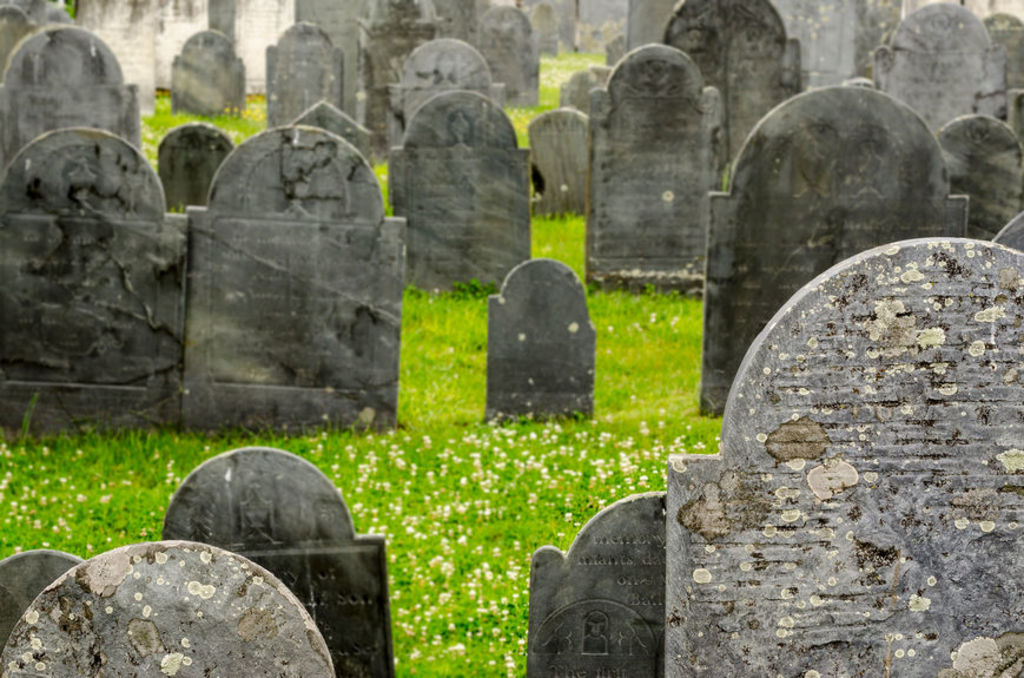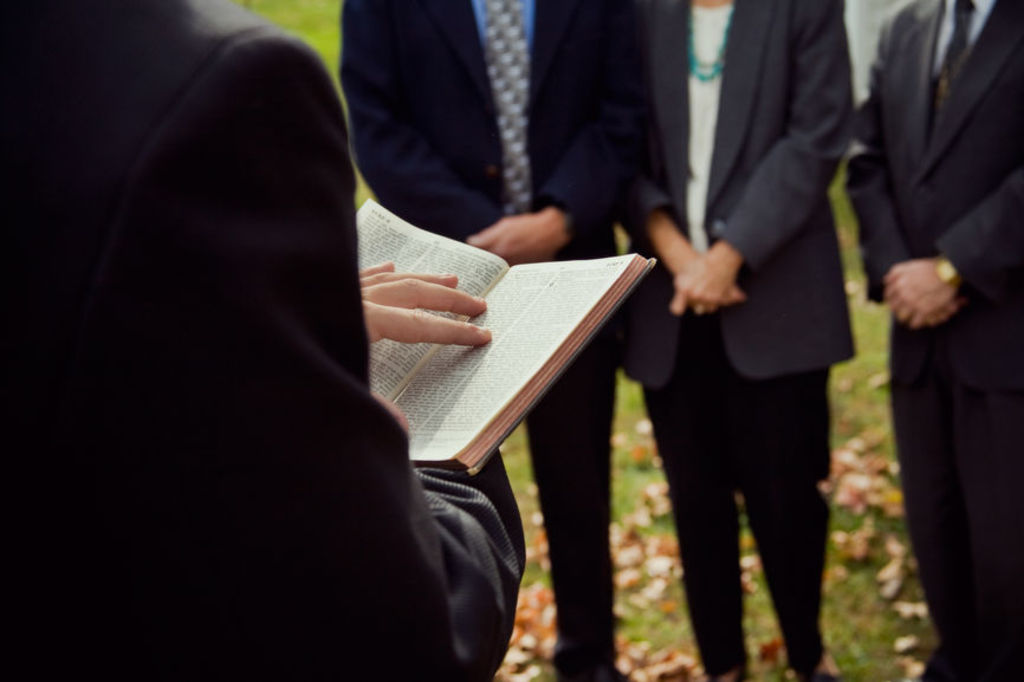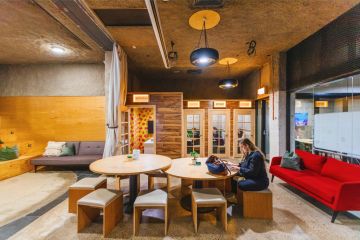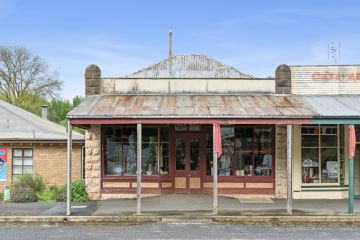'There’s very little that’s illegal': The laws around death and dying in the home

We often imagine the process of death and mourning to follow the script of a movie: a person dies in hospital and is whisked away, reappearing clean and prepared at the funeral parlour for the service several days later.
But, for an increasing number of people, the rites of death are gradually moving away from the formal, and returning to the home – where they historically began.
Nigel Davies, of Lonergan and Raven funeral home and the director of the National Funeral Directors Association, says, “A century ago, the vast majority of people died at home”. They would be buried three days later, “because we didn’t have proper refrigeration”.
The introduction of embalming – the removal of the body’s fluids, typically performed at a equipped funeral home – in the 1890s, followed by the invention of refrigeration, meant that by the 1930s, for practicality purposes, “most bodies left the house and went to the funeral parlour.” But, most still came home for the night before the funeral.

In the 1970s and ’80s, the entrance of investment companies and American-style chains into the funeral industry meant the rituals of death and mourning became “corporatised and sterilised,” says Davies. The movie model we know today became the norm.
But today, a backlash to the “corporatisation and sterilisation” means that funeral directors are increasingly seeing people choosing no-service deliveries – basically, “collect the deceased, cremate and mail the ashes back” and “a movement back to the home,” says Davies.
Death doula Annie Whitlock says, while it’s not always possible for people with terminal illnesses, “most people want to die at home.”
Death doulas like Whitlock are “like midwives but for the other end,” says Davies and, according to the Australian Doula College, provide “a non-medical role that provides support, options and education assisting the dying and those around them”.
Recently, Davies delivered a coffin to a home where the death doula told him, “We’re about two weeks out [from death]. We’re going to sit in the dying person’s room, and we’re all going to paint and decorate the coffin.”
Two weeks later they called him to let him know the person had died and asked him to deliver a cooling pad. “We provide cooling pads to chill the coffin down,” says Davies, “which is enough for people to stay at home for a while.”

The pads “just plug into the mains—they’re a portable refrigeration pad that will chill a deceased or a coffin”.
A few days later, the funeral home will collect the deceased and transport them to the crematorium, a centre for a service, or a graveyard.
Whitlock has observed that people are increasingly choosing no funeral or a less formal one. She says people are saying, “I want something warmer, more personal” – perhaps “in my backyard” or “in my lounge room”.
But some people may be taking the movement back towards the home a little far.
Davies tells of a person who peeked into their neighbours’ backyard, “and were shocked to discover there was an embalmed corpse sitting on the neighbours’ back porch”. It turned out, “Grandma had been sitting on the porch for about 13 years”.
This is not technically illegal –“There’s very little that’s illegal” says Davies – as in Australia there is no legal time limit between death, and burial or cremation.
But, he warns that you cannot legally bury someone in your own backyard unless you have an existing cemetery on it – for example, farmers who have held land in the families for generations, or monasteries. Normal homes are not permitted to create a graveyard, and communes and new suburbs struggle to establish one. “The last was 40 years ago, I think,” Davies says.
However, for people wishing to stay home after death, cremated remains are able to be kept at home – anywhere you wish. “My mother-in-law has her husband’s ashes in a box under the bed,” Davies says.
We recommend
We thought you might like
States
Capital Cities
Capital Cities - Rentals
Popular Areas
Allhomes
More







